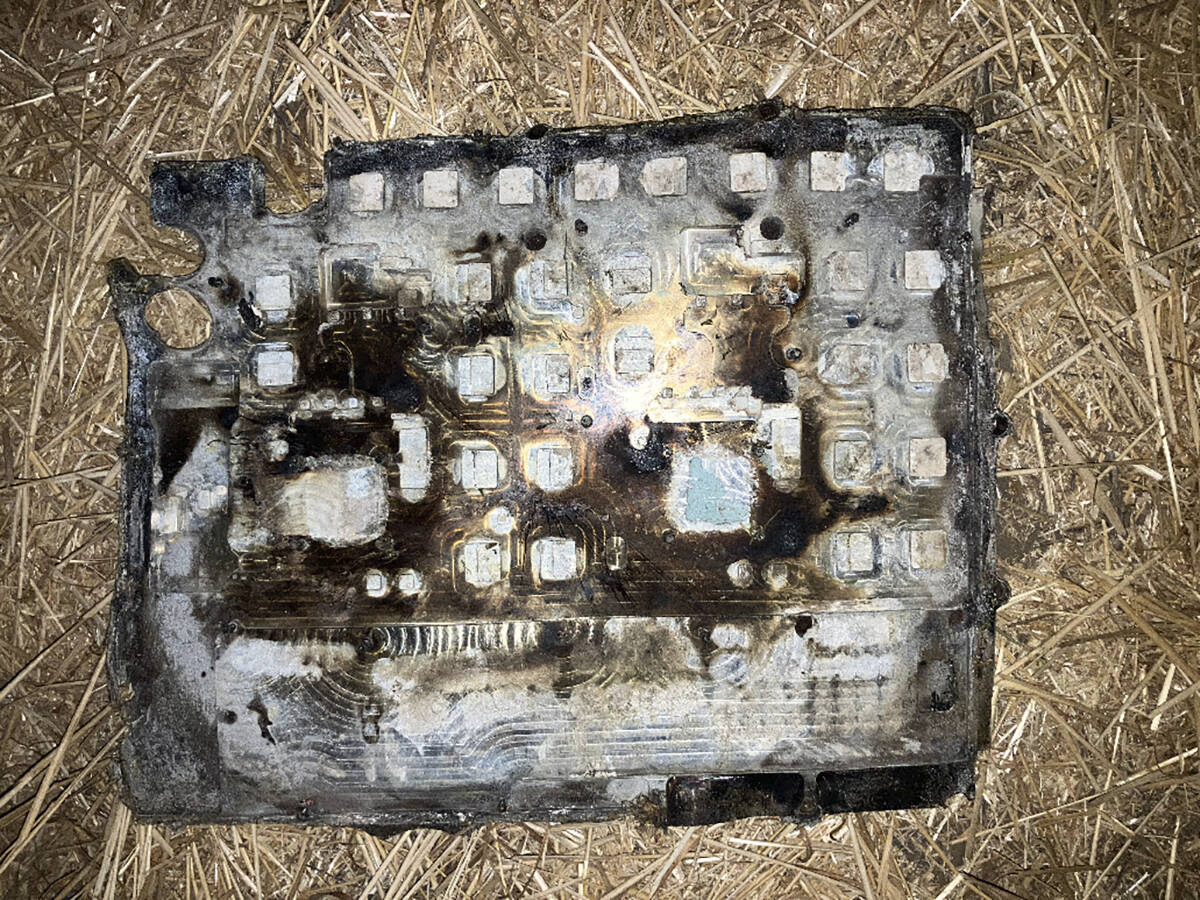and Reuters News Agency
news
The color of the farm equipment will stay the same, but the newly merged Case and New Holland will be known as CNH Group NV.
Europe’s New Holland completed its $4.6 billion (U.S.) takeover of Racine, Wisconsin-based Case on Nov. 12, with Case shareholders receiving $55 a share.
The New Holland stock will trade under the new CNH Group corporate name and stock symbol.
The new company, with sales of $12 billion annually, rivals Deere & Co. as the largest maker of farming equipment in the world.
Read Also

Farmers asked to keep an eye out for space junk
Farmers and landowners east of Saskatoon are asked to watch for possible debris in their fields after the re-entry of a satellite in late September.
It is also the third largest construction equipment maker in the world, behind No. 2 Komatsu Ltd. of Japan and No. 1 Caterpillar Inc. in Peoria, Ill.
The company said last week that while it will start to develop common designs for its lines of equipment, it will retain existing brands.
“Brand loyalty is strong in the equipment industry, in part due to the generations of equipment use within family businesses that are prevalent in the agricultural and construction equipment industries,” the company said in a news release.
For example, in the North American agricultural equipment markets, the Case IH line has a substantial presence in the large cash grain segment, while the New Holland line has a strong position in mixed farms with livestock. So commercial and sales organizations and distribution networks will remain dedicated to specific brands.
While farmers will still be able to buy red Case tractors and blue New Holland tractors, the new company will save money by designing and engineering these products on platforms that will share common parts and components.
Design platforms are new to the agricultural and construction equipment industries, but are familiar in the automotive industry.
“Differences in final designs will differentiate products and tailor them to conform to brand expectations that fit the needs of customer segments in the same way that Ford’s new Lincoln LS and Jaguar models share the same platform and common components, yet appeal to distinctly separate markets,” the company said.
CNH Group NV hopes to save $400 to $500 million annually within three to four years.
Some functions will be combined and managed globally to create efficiencies that are expected to boost earnings. The merged areas will be purchasing and logistics, research and development, selling, general and administrative and industrial restructuring.
The company has already announced that to meet American federal requirements, the New Holland Versatile tractor plant in Winnipeg will be sold.
The farm equipment sector has been in a slump for more than a year, but CNH president Jean-Pierre Rosso said he sees signs of a rebound in demand.
“I see signs of demand coming back, particularly in Asia,” he told Reuters.
Even though grain and soybean stocks are at high levels, they are not dramatically high, said Rosso, who had been chair and chief executive of Case.
“One disruption in supply would very quickly change that picture.”
Rosso would not pinpoint whether he expected a rise in demand to occur in 2000. But when it happens, “the upswing could be pretty rapid.”
He could not say how many layoffs CNH would have as a result of combining New Holland and Case.
















